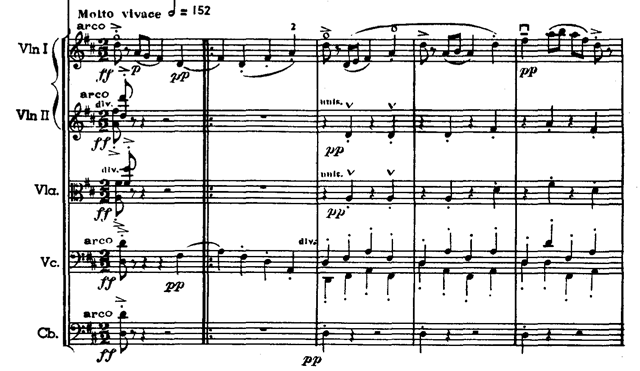By the time Prokofiev wrote his first symphony, he was already well-known as a child prodigy and the enfant terrible of twentieth century Russian composition. His pugnacious rhythms, violent melodic gymnastics and experiments with multi-tonality had already become recognizable trademarks (Stravinsky once said his music had ‘personality’, whatever its supposed aesthetic failings), and audiences had come to expect these elements of conflict in his music.
However, staying in 1917 in the Russian countryside (he was exempt from military service as the only son of a widow), he became interested in writing a work completely away from the piano. As a renowned virtuoso, the piano was his usual compositional tool, but by working without its aid, he hoped that the orchestra would sound more natural. The result was his first symphony: his one foray into Neo-classicism, it harks back to the symphonies of Haydn and Mozart in its reduced instrumentation and formal plan, although maintaining the biting wit (or is it sarcasm?) that is so much a part of his natural expression.
The work opens with a light, airy, exhilarating first movement, with gravity-defying leaps in the second subject. Later he expands on this high string register when the theme of the second movements floats in on stratospheric violins. Prokofiev replaces the typical third movement minuet of Haydn and Mozart with an even older dance, the gavotte, classically partnered with a droning musette; he was later to incorporate this movement into his Romeo and Juliet suite. The joyous finale is full of inventive counterpoint and bursting with irrepressible energy.
Symphony No. 1
"Classical"
By Sergei Prokofiev






